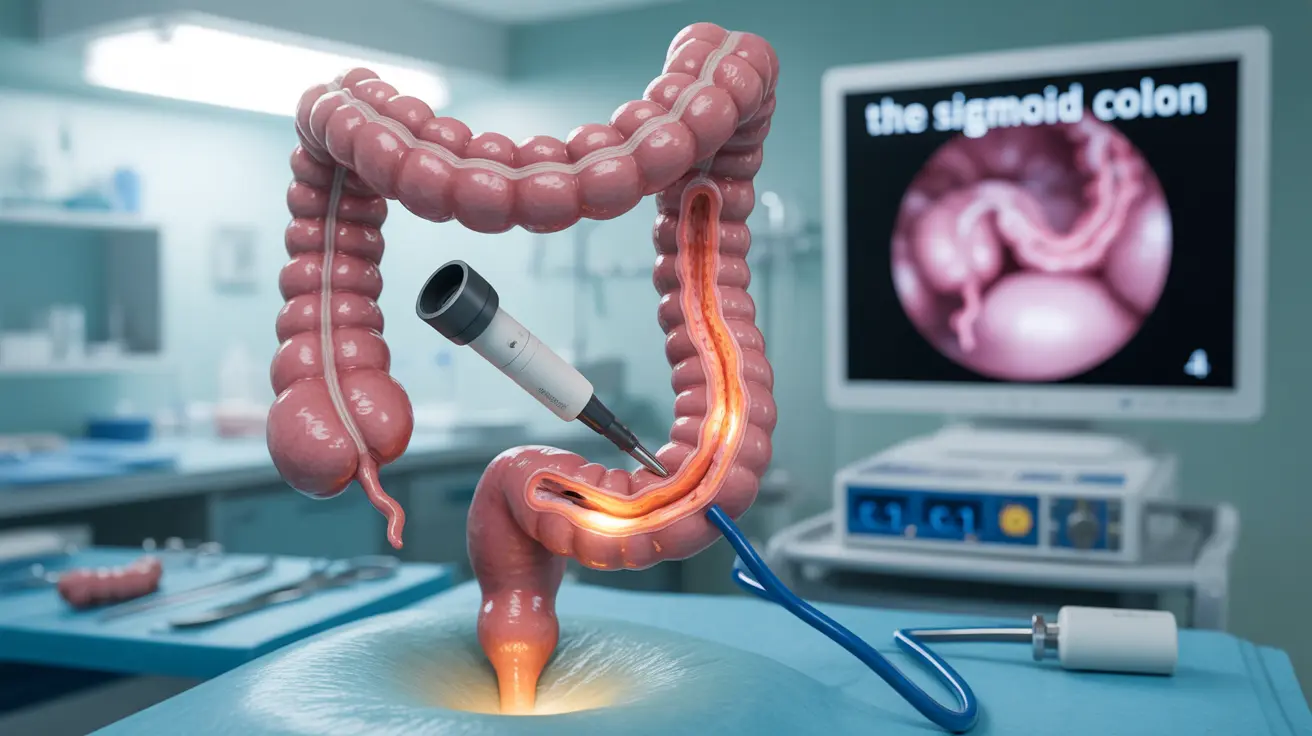A sigmoidoscopy is a crucial diagnostic procedure that allows doctors to examine the lower part of your large intestine, specifically the sigmoid colon and rectum. This medical examination helps healthcare providers detect various conditions affecting the lower digestive tract, from inflammation to potentially cancerous growths.
Whether you're scheduled for a sigmoidoscopy or considering one based on your doctor's recommendation, understanding what to expect can help ease any concerns and ensure you're properly prepared for the procedure.
What Is a Sigmoidoscopy?
A sigmoidoscopy involves inserting a thin, flexible tube called a sigmoidoscope into the rectum. This specialized instrument has a tiny camera and light at its tip, allowing doctors to carefully examine the lining of the lower colon. Unlike a full colonoscopy, this procedure focuses specifically on the last one-third of the colon.
Why Would You Need a Sigmoidoscopy?
Healthcare providers may recommend a sigmoidoscopy for several reasons:
- Investigating unexplained changes in bowel habits
- Evaluating rectal bleeding or lower abdominal pain
- Screening for colorectal cancer
- Following up on abnormal test results
- Monitoring known intestinal conditions
Preparing for Your Sigmoidoscopy
Proper preparation is essential for a successful sigmoidoscopy. Your doctor will provide specific instructions, but general preparation typically includes:
Dietary Modifications
You'll need to follow certain dietary restrictions in the days leading up to the procedure:
- Clear liquids only for 24 hours before the procedure
- Avoiding solid foods
- Staying well-hydrated with approved clear fluids
Bowel Preparation
You'll need to cleanse your lower bowel using one or more of the following methods:
- Enemas
- Laxatives
- Special cleansing solutions prescribed by your doctor
During the Procedure
The sigmoidoscopy procedure typically takes about 15-20 minutes. You'll lie on your left side while the doctor gently inserts the sigmoidoscope. The procedure might cause mild discomfort, but it's usually not painful. Your doctor may insert air into the colon to improve visibility.
After Your Sigmoidoscopy
Most people can return to their normal activities immediately after the procedure. You might experience some mild side effects, including:
- Bloating
- Gas
- Mild cramping
- A sensation of fullness
Frequently Asked Questions
What does a sigmoidoscopy procedure involve and how should I prepare for it?
A sigmoidoscopy involves inserting a flexible scope into the rectum to examine the lower colon. Preparation includes following a clear liquid diet for 24 hours before the procedure, using prescribed bowel preparation methods, and following your doctor's specific instructions about medications and dietary restrictions.
What symptoms or conditions indicate that I might need a sigmoidoscopy?
Common indicators include rectal bleeding, persistent changes in bowel habits, unexplained abdominal pain, chronic diarrhea, and screening for colorectal cancer. Your doctor might also recommend it to investigate abnormal imaging results or monitor known intestinal conditions.
How is a sigmoidoscopy different from a full colonoscopy?
A sigmoidoscopy examines only the lower third of the colon (sigmoid colon and rectum), while a colonoscopy examines the entire large intestine. Sigmoidoscopy typically requires less preparation, takes less time, and usually doesn't require sedation.
What are the common risks or side effects after having a sigmoidoscopy?
Common side effects include temporary bloating, gas, and mild cramping. Serious complications are rare but can include bleeding or perforation. Most people experience minimal discomfort and can return to normal activities immediately after the procedure.
How long does it take to recover after a sigmoidoscopy and when can I resume normal activities?
Recovery from a sigmoidoscopy is typically very quick. Most people can return to normal activities, including eating, immediately after the procedure. If you experience unusual pain or bleeding, contact your healthcare provider immediately.




